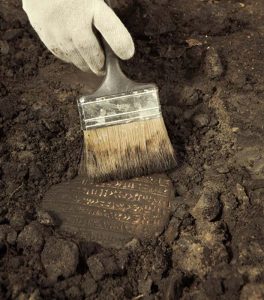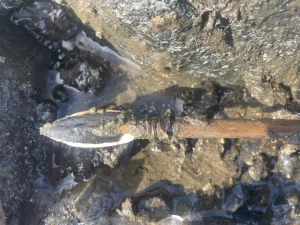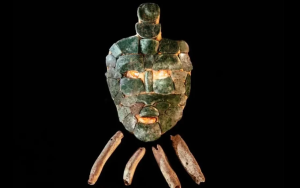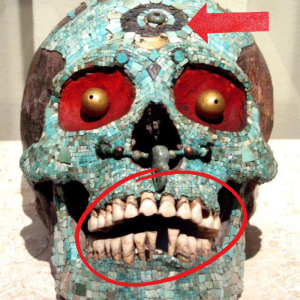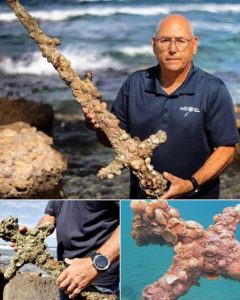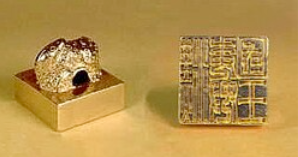
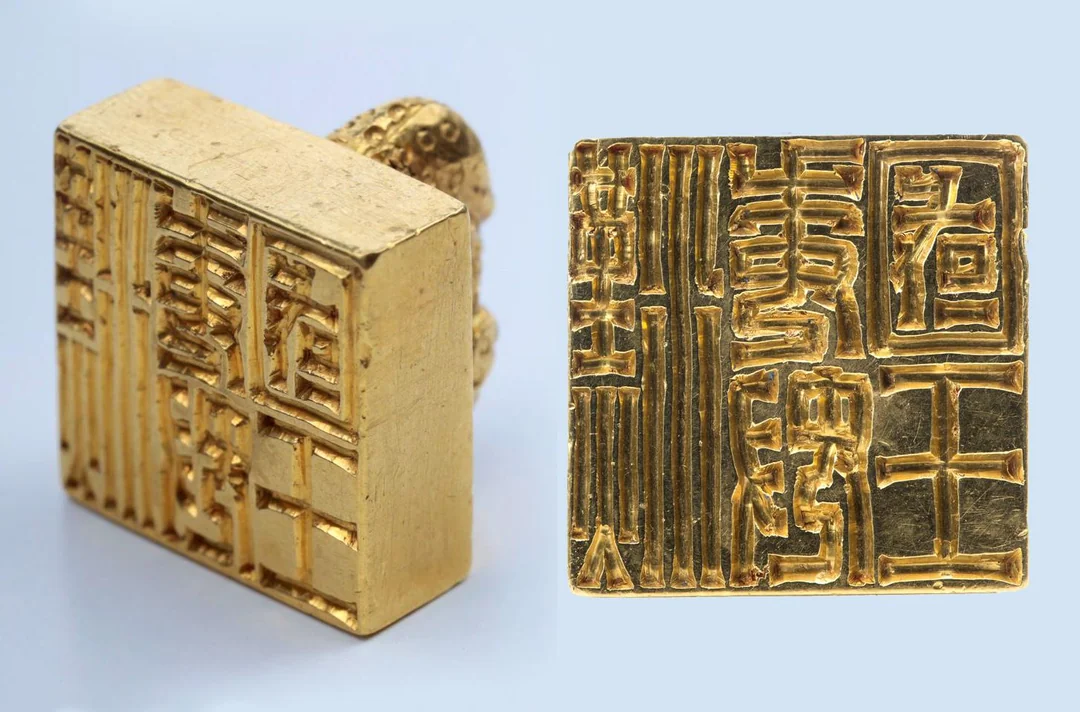
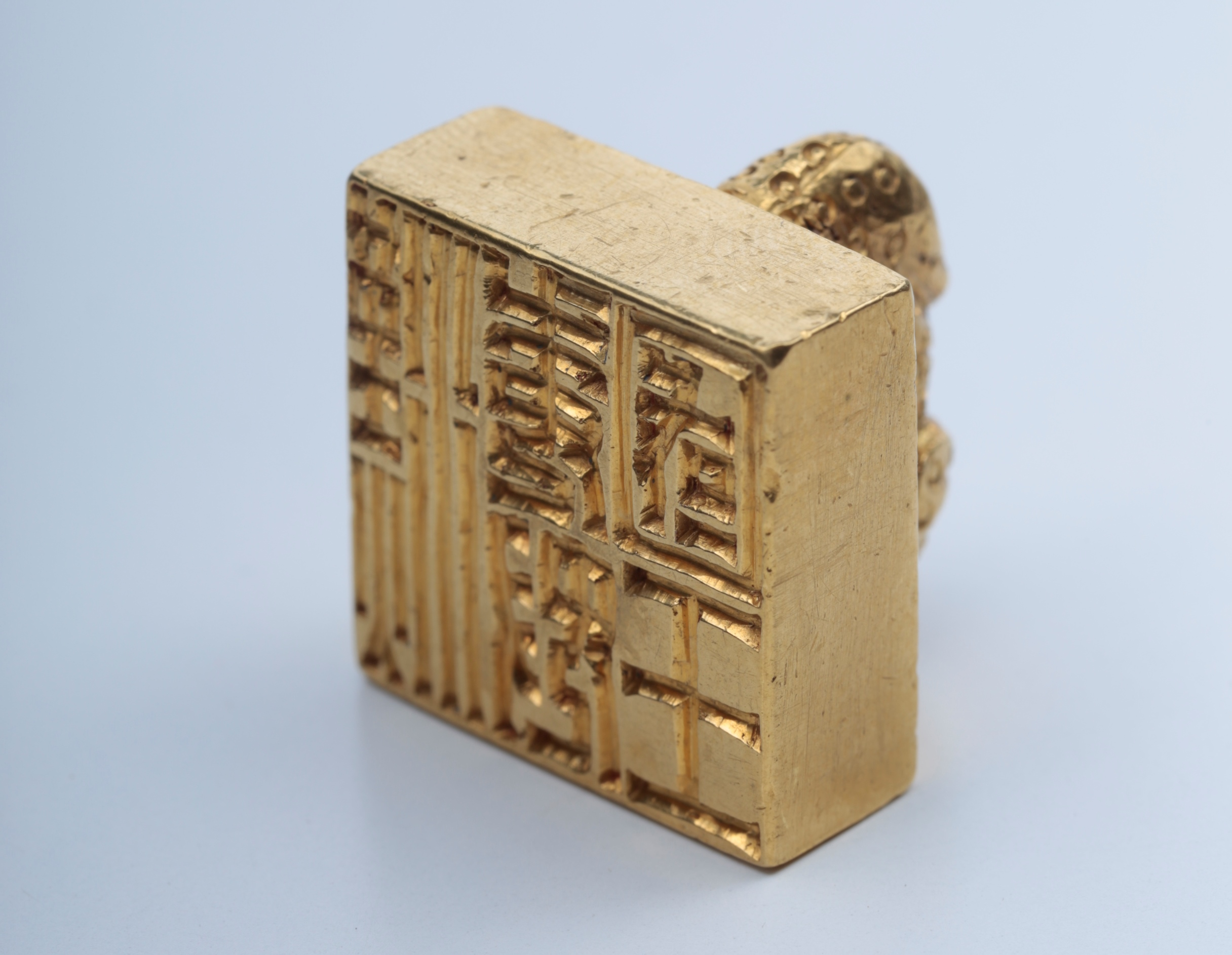
In 57 AD, a Japanese envoy from a state known as “Na” arrived in China. In response, Emperor Guangwu of China ordered the creation of this gold seal to be taken back to Japan, thus officially recognizing it as a country and not just a geographical region. The seal was discovered in 1784 off the southern coast of Japan, confirming the historical account. The inscription on the seal identifies the King of Na as a vassal of the Han Emperor. Different materials were used for seals to indicate social hierarchy—bronze for citizens, silver for lords, gold for kings, and jade for the Emperor. Although Na might have been just one of several political entities in Japan during that time, it is unique in having textual evidence to support its existence.
The King of Na gold seal is a valuable object made of gold that was found in 1784 on Shikanoshima Island in Fukuoka Prefecture, near Shikaumi Shrine in Japan. This seal is very important and has been recognized as a National Treasure of Japan..[1] It is thought that the King of Na gold seal was made in China and given to a Japanese envoy by Emperor Guangwu of Han in 57 AD. The seal bears five Chinese characters that identify it as the seal of the King of Na, a vassal state of the Han Dynasty in Japan..[2] The gold seal is now kept in the Fukuoka City Museum in Fukuoka, Japan.
